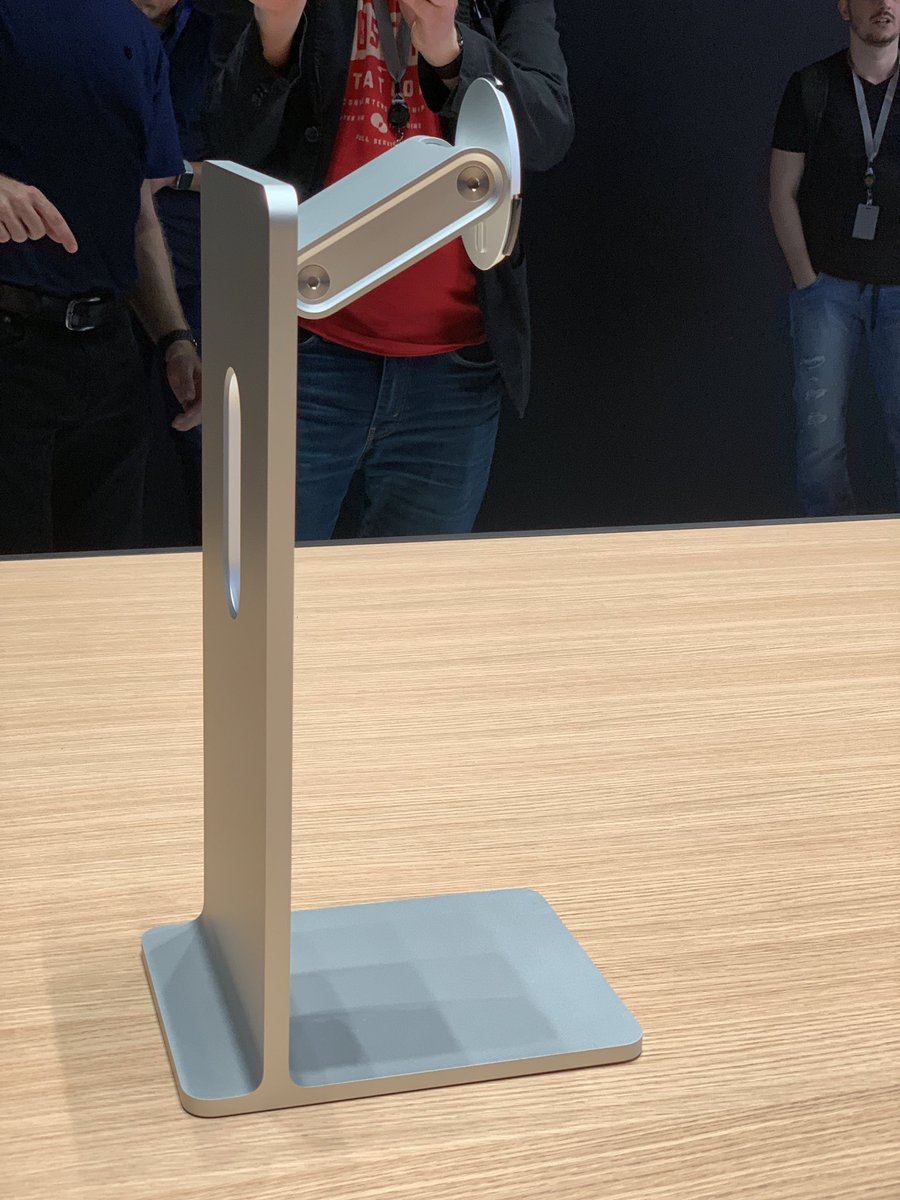All cultural sectors need to focus on reaching audiences online nowadays, whether it’s the arts, music, tv, books, the GLAM sector, or others. If you have a cultural product to sell or pitch, then you need to go where most of your potential audience hangs out out each day: social media, and most often using a smartphone.
Glamour Magazine is an interesting case study of a company that used to rely on a physical product (a glossy magazine), but has now gone almost entirely digital. Its UK version publishes just two “special” print magazines a year, while the US version of Glamour went 100% digital at the end of last year. In both cases, Glamour Magazine is “digital-first.”
What’s of even more interest is how Glamour uses social media – and Instagram in particular – to increase and engage with its audience outside of its own websites. That’s something many cultural organisations would love to know more about. So I decided to dig into it for you in this edition of the Cybercultural newsletter. I think there are marketing and audience development learnings here, no matter which sector you work for.
The Instagram analysis continues after Tracking and Data Points…
Tracking 👀
-
Good news for radio fans in Apple’s annual developer conference, with the upcoming iOS 13 bringing over 100,000 different radio stations to Apple users. 📻
-
Peter Griffin looks at what the breaking up of iTunes into three separate apps will mean to users. 📱
-
News Corp is axing 55 editorial jobs for journalists without digital skills, reports The Guardian. The skills News Corp wants include “audio, video, social.” 🗞️
-
“Branded Content and Social Video” take center stage at the 40th annual Telly Awards. Also, CBS Interactive gets the first ever ‘Telly Company of the Year’ award. 📺
-
Meredith, which owns brands like AllRecipes and Martha Stewart Living, has doubled Pinterest impressions in the past year. 📸
Data Points 📊
-
The Wall St Journal reports that US advertisers spent $479.1M on podcast ads in 2018, up 53% from 2017, and are predicted to spend $678.7M this year. 💰
-
Chartbeat spent over 400 hours analyzing media subscriptions, and there are some useful findings for publishers. 📰
-
“On average, just 39% of 16-19 year olds listen to music on the radio. This compares to 59% that watch music videos on YouTube. For teenagers, YouTube has replaced radio.” Midia Research’s Mark Mulligan at the Midem conference today, in Cannes, France. 🎹
Branded content + social justice a winning strategy for Glamour
Note: I’m going to focus mainly on the UK version of Glamour for the rest of this article, mainly because its Instagram channel is a lot more interesting than the US team’s (and as far as I can see, they’re run as two separate companies – although both are owned by US media giant Condé Nast). I’ll also focus on the UK version for a more practical reason – the US website keeps re-directing me to the UK version!
In a writeup last week in FIPP, a network for global media that includes Condé Nast as one of its 500+ members, we got some insight into how Glamour UK made the transition to being digital-first.
Camilla Newman, publishing director for Glamour UK, spoke at the UK Professional Publishers Association (PPA) Festival in London about how her team “relaunched Glamour to become a digital-first beauty brand”:
This meant converting the existing print team into a digital team, and generating traffic became our focus. The market was also expanding and giving birth to the influencer. In 2018, the UK beauty market held a value of GBP£15.5m (USD$1.6m), and there was nobody really owning that space in the same way that say Allure was in the States.”
Interestingly, it wasn’t just a technological change. The content strategy changed as well. Branded content and “influencer” content became more prevalent on its website and social channels, as I’ll explain below. But also Glamour UK took advantage of a huge cultural shift taking place primarily through social media: #MeToo. As explained by FIPP’s Jamie Gavin:
At the time when Glamour [UK] magazine was changing, the world was changing too. In 2017, the #MeToo movement began to take on serious international recognition, and quickly progressed from Twitter hashtag to genuine social force for good. Beauty was being looked at through a new lens, with new faces and fewer boundaries, and this presented a prime opportunity for an established brand to provide a pioneering voice in an advancing space.
As with many cultural organisations, Glamour UK adopted a multi-channel approach to digital. Camilla Newman mentions the importance of Facebook, but it was Instagram which really turned her team’s heads on the digital catwalk. Said Newman:
Instagram has proved to be our best and most loyal channel, where we feature episodic stories with a 95 per cent completion rate and a three per cent swipe up rate.
We’ll take a look at Glamour UK’s Instagram shortly, but first the overall stats are worth noting:
This multi-platform approach has resulted in a total organic brand reach of eight million users, up 38 per cent since relaunch in March 2018. 82 per cent of all Glamour traffic now comes via mobile, which is the highest proportion for any brand within The Conde Nast portfolio.
In case you hadn’t come across the term before, here’s a definition of “organic reach” from a UK Instagram tools maker called Hopper:
Organic Reach is a metric used in social media marketing that shows the number of unique accounts that have seen a post or piece of content on a social media platform. In other words, the number of eyes that have seen the post once. Organic Reach excludes the use of any paid promotional tools, that would be used to boost the visibility of the post.
Revenue: see you by the till
You may be wondering how Glamour UK makes money now, since it isn’t selling as many print magazines. It also doesn’t have online subscriptions; meaning all of its digital content is free to view (at least for now; Condé Nast stated earlier this year that all of its titles would erect some kind of paywall by the end of 2019).
But at this time, according to Newman, Glamour UK still relies on online advertising and its more recent incarnation, “branded content”:
Digital revenue is now really working. It’s now less about display and sponsorship and more about branded content and telling stories with us, that side of things has really gained momentum.
Indeed, after browsing through its website, it’s difficult to tell what is and isn’t “branded content.” The lead story as I speak is this one about a Shampoo brand:
It certainly reads like a sponsored post (“Luxe hair care for less than a latte? Consider us persuaded. We’ll see you by the till.”), but I couldn’t find any disclosure on the page. That’s a story for another day perhaps.
Update: a PR representative from Glamour UK reached out after I posted this and told me the above shampoo article is an editorial piece and was not paid for. I’ve asked for an example of branded content, so I can point to it and compare.
Update 2: Glamour UK supplied the following Sloggi article on its website and a version for Instagram as examples of what it means by “branded content.”
U got the look: Glamour UK’s Instagram
If Glamour UK’s website is now purposely “visually Instagrammable,” it seems that Instagram itself is where many of its target audience interacts with the magazine.
Like the website, the Instagram posts on Glamour UK’s account are a mix of product and social justice content. The two most recent posts (as I write) encapsulate this. The latest is a promotion for eyeliner:
Update: the eyeliner post is an editorial piece, I’ve been told by Glamour UK.
The next latest post is on a social justice topic getting a lot of air time currently, abortion and womens rights:
Unsurprisingly, given its controversial topic, the Miley Cyrus post has nearly four times the engagement of the eyeliner post. But both posts are relevant to Glamour’s target audience, which is largely millennial women (18-35 years old).
However, it’s Glamour UK’s Instagram Stories that seem to be the difference-maker for the magazine. The one I viewed today had 20+ components to it, including lots of fashion snapshots with cartoon graphics and interaction options, the “Tuesday Choose Day” feature inviting users to select which of two fashion items they like best, and a video showing a henna artist in action.
It was pretty impressive and I can see why this type of content is so appealing to Glamour’s audience: it’s colourful, interactive, even informative (if you’re keen to know what a henna artist does). Like the best Instagram content, it’s entertaining and easy to flick open and view during the day.
Overall, I found it difficult to differentiate between editorial and paid-for product content. But regardless, Glamour UK is doing a fantastic job reaching and engaging with its target audience online.
Of course your own “digital-first” strategy will look different to Glamour’s, depending on the audience you’re targeting and what content will appeal to them. But part of why I’m writing this newsletter is to show you what digital tools and strategies are working for other cultural organisations. Feel free to reply to this email and let me know what’s working for your company when using social media.
Tweet of the Day
Speaking of fashionable, the new Apple monitor stand announced this week is ridiculously pricey (US$999), but it certainly looks good…
Cybercultural is a new email newsletter that covers the intersection of technology and the cultural industries.
Your ‘likes’ and shares help get the word out about Cybercultural. Please hit the heart button whenever you see it (including on Substack), and share by email and/or social media if you enjoyed this article.
Your feedback is much appreciated too. If you’ve received this by email, just hit the reply button. Otherwise ping me on Twitter (@ricmac).







